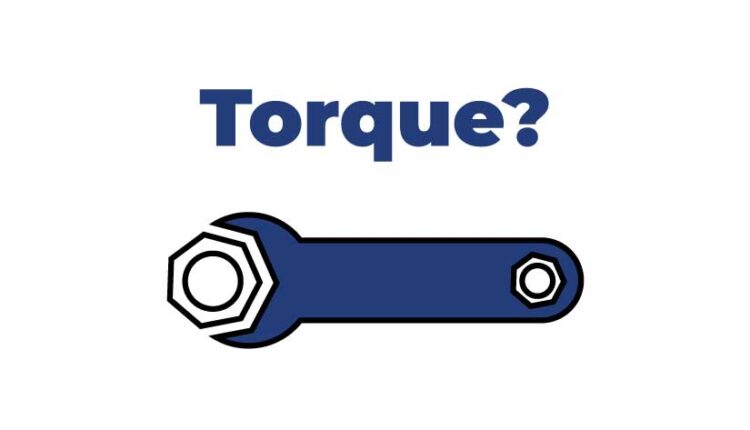What is Torque? – A Very Easy Understanding for Non-technical People
Torque is often misunderstood or overlooked, yet it’s fundamental in automotive performance. It defines your car’s pulling strength, acceleration, and overall driveability. This concise guide explains torque, its measurement units (Nm and lb-ft), and what figures like 200 Nm or 400 Nm practically mean for drivers. Let’s simplify the concept and understands, what is torque?
What Exactly is Torque?
Torque is essentially a rotational or twisting force. Imagine loosening a stubborn bolt: the force you apply to the wrench handle creates torque. In cars, the engine generates this twisting force, which transfers through the drivetrain to rotate the wheels. Higher torque means your vehicle can pull harder and accelerate quicker, especially from a stop.
Understanding Torque Units
Torque is measured primarily in two units globally: Newton-meters (Nm) and pound-feet (lb-ft). In Pakistan and most other countries, “Nm” is standard. One Nm is the torque produced when applying a force of one Newton at the end of a wrench that’s one meter long. Alternatively, one lb-ft represents one pound of force applied on a one-foot wrench. To quickly convert, remember this: 1 lb-ft = 1.36 Nm approximately. Hence, 200 Nm roughly equals 147 lb-ft.
What Do Torque Numbers Mean?
When you read a car specification and see something like “200 Nm,” it shows how much rotational force the engine can produce. A vehicle delivering 200 Nm torque has moderate pulling power suitable for city driving and daily commutes. In contrast, 400 Nm of torque offers much greater strength. Vehicles producing higher torque are excellent at overtaking, pulling heavier loads, and climbing steep inclines.
For instance, a typical compact hatchback like the Suzuki Swift generates about 130 Nm, sufficient for regular city driving. On the other hand, something like the Toyota Fortuner diesel produces roughly 500 Nm, enabling effortless towing and robust highway acceleration.
Why is Torque Important for Car Performance?
Torque directly influences your car’s drive quality. Higher torque at lower RPM means quicker and smoother acceleration without needing the engine to work excessively hard. This translates into better fuel efficiency in everyday driving conditions.
Electric cars are famous for high torque outputs right from zero RPM. That’s why an electric vehicle accelerates so quickly from a standstill, feeling more responsive than many petrol counterparts.
Torque vs Horsepower: Clearing Up Confusion
Torque and horsepower are closely related but distinct concepts. Horsepower measures total engine power and affects top speed. Torque, meanwhile, determines how quickly the car accelerates, especially at lower engine speeds. A powerful sports car like the Porsche 911 generates around 500 Nm, helping it sprint rapidly, while its high horsepower allows sustained high speeds.
Why Electric Cars Have Instant Torque?
Electric cars deliver immediate torque due to their electric motors. Unlike combustion engines that rely on revving up (increasing RPM) to generate maximum torque, electric motors produce peak torque instantly from a standstill. This happens because electric motors apply electrical current directly to magnets, creating immediate rotational force without the delay of fuel combustion and mechanical processes. That’s why electric vehicles, even modest ones, offer swift acceleration right from zero, providing an exceptionally responsive driving experience compared to conventional petrol or diesel cars.
Real-Life Example: High vs. Low Torque Cars
Consider these real-world examples for clarity. A sedan might produce around 220 Nm, delivering decent acceleration and everyday practicality. Meanwhile, a pick-up truck generates around 450 Nm torque, providing significant pulling strength for off-road adventures or hauling heavy cargo.
Always consider torque figures alongside horsepower when evaluating vehicle performance. It’s not just about numbers; it’s about choosing what best suits your driving style and requirements.

